Last year was a busy time in the tequila world, and we expect the frenzy to keep rolling into 2020 and beyond. But before we get too far ahead of ourselves with some predictions for the year ahead, let’s take a look back at the trends we saw over the last year.
1) Agave Prices Break Records
After hitting $30 pesos/kilo at the end of 2019, agave prices have finally started to come down. Based on our survey of agave buyers and sellers, we show that the average market price of agave is now $27 pesos/kilo and should be below $24 pesos/kilo by this time next year.
The past several years have been a rough ride for many brands, with some even stopping production until prices return to normal; Others resorted to buying cheaper diffuser-made juice from other distilleries.
The crisis has been bad for the industry for more than just the bottom line. The overall quality of tequila being produced took a hit because many producers had to rely on underaged agave.
Assuming we don’t have a devastatingly cold winter, the downward pricing trend should continue, and life in the tequila industry could return to normal within a few years.
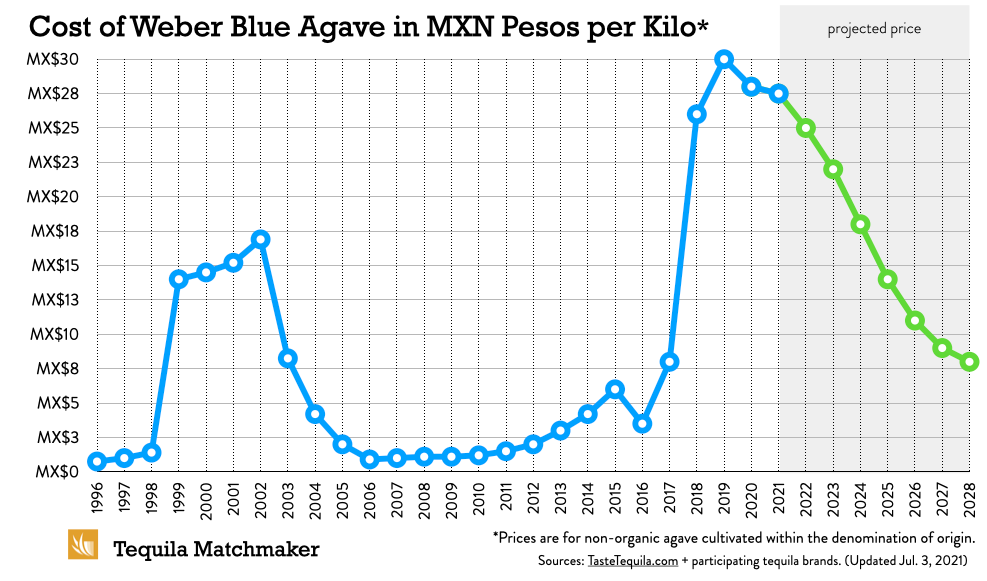
2) The Clooney Effect – New Players Rush In
Despite the record-breaking price for agave, new brands keep rushing into the market. We added 181 new brands to our database in 2019, and we know of quite a few that are slated to launch in 2020. We’re not sure exactly why this is–-perhaps these new players are high on the possibility that they too will sell their brand for nearly $1 billion, just like George Clooney’s Casamigos. Of course, Clooney is a big name with big reach, so these new brands are facing a much higher barrier to entry.
One new brand that’s getting a lot of attention is “Teremana” (NOM 1613), yet another celebrity brand as Duane “The Rock” Johnson throws his name into the ring. His tequila is scheduled for a public launch in March, and it’s being made at Productos Finos de Agave (NOM 1416) in Jesus Maria, Jalisco.
Basketball legend Michael Jordan also caught air in 2019 with the release of his own brand, “Cincoro,” which is being made at Destiladora del Valle de Tequila (NOM 1438).
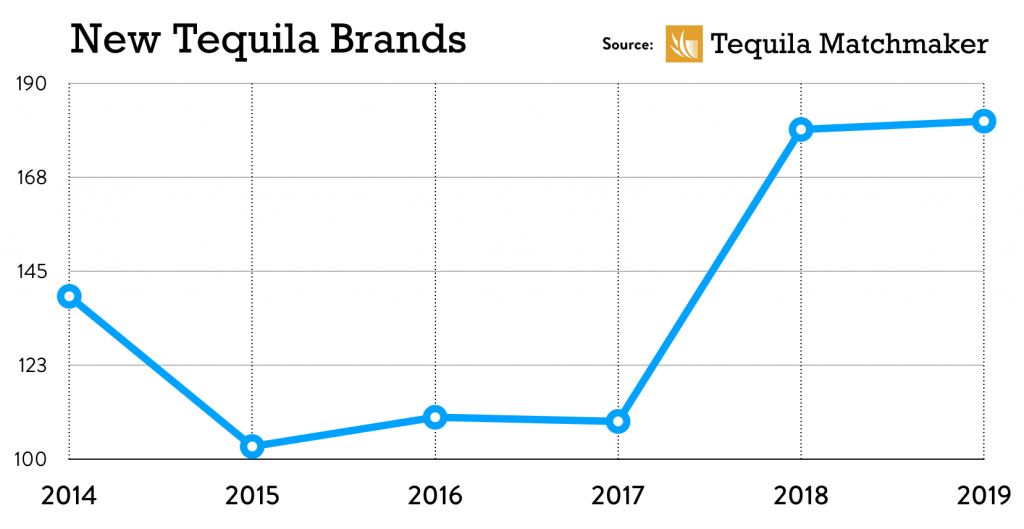
3) Efficiency Deficiency
While high agave prices led some producers to install super efficient diffusers to cut costs and speed up production, our blind tastings of these products over the last year have made tasters’ opinions clear – products that use diffusers to separate the fibers from raw agave just don’t make the cut. (The diffuser as a tool isn’t in itself bad–-like anything, it depends on how you use it.) But when a diffuser is used in this way, the tequilas they produced scored the lowest on average in 21 blind tastings by 410 bartenders and aficionados compared to traditionally-made products.
Click to enlarge these charts, which show the average scores based on production type from all of our blind tasting events in 2019:
4) Artisanal Amp Up
The fact that diffuser products do not rate as high is probably a big part of the reason that some select brands have decided to return to old-school methods, such as using a tahona (a large stone wheel) to crush agaves, and a brick oven to cook them, rather than an autoclave.
This is the case at Cascahuín (NOM 1123), which installed a tahona in late 2018, to supplement its roller mill production.
“Our philosophy is to show consumers that tequila changes batch by batch since the raw material (agave) changes,” says Salvador Rosales Trejo, a 3rd generation tequilero, who runs Tequila Cascahuín, along with his father Salvador Rosales, Sr. “So, the way to demonstrate it in a simpler or clearer way is by making changes in the production processes.”
As for the fact that using a tahona is less efficient, and thus more costly than more modern methods, Cascahuín thinks it’s worth it.
“We believe that there are different markets and therefore there are consumers who are looking for, and wanting to try, the more intense and complex flavors that the blue agave brings (when using a tahona).”
Cascahuín now showcases its tahona juice in the highly-rated Cascahuín Tahona Blanco product, which is 100% stone crushed. Rosales believes the tahona process gives it more intense agave flavors and aromas, as well as mineral and brine.

And over at Arette, one of their autoclaves was removed so that they could install a brick oven. The oven was completed, and it was used to cook their first batch of agave, in June 2019.
“We wanted to see how big of a difference a brick oven would have compared to an autoclave,” said Eduardo Orendain, whose family owns Arette Tequila. “We found some big differences.”
“We noticed more floral, creamy, and mineral notes with a softer profile in the brick oven batches, while the autoclave has more peppery, green, and herbal notes,” he said.
Tres Agaves, a tequila brand that has been in the market for a decade, is in the process of building their own distillery, which also has a tahona installed.
We’ve received reports that distilleries Tres Mujeres (NOM 1466); Cava de Oro (NOM 1477), and Don Valente (NOM 1450) have either installed, or are in the process of installing, tahonas.
We’ve even heard that the well-known diffuser distillery, Leyros (NOM 1489) (maker of Casa Dragones, amid others), has plans to install a tahona next year, although representatives didn’t return our queries on the subject.

PREDICTIONS
Agave Prices Stay High
Although agave prices are coming down from their peak of about 30 pesos a kilo in the second half of 2019, they will get nowhere near the single-digit prices we’ve seen in previous years. Prices are currently at around 27 pesos/kilo and we expect them to fall to about 24 pesos/kilo by the end of the year.
Other Agaves Used to Make “Agave Spirits”
As the price of blue agave has mounted, some tequila brands have started playing with different types of agave. We predict that this trend will continue, as producers look for alternatives in raw materials, and consumers look for new flavor profiles.
In 2017, Calle 23 released its “Criollo” – a higher proof tequila using a more squat (with a higher sugar content) variant of blue agave, called “criollo” by locals. This is still technically a blue agave, but renders more intense floral, earthy, and minty aromas and flavors.
Meanwhile, El Caballito Cerrero, always a rebel brand, decided to produce a tequila using an agave that falls outside of the strict rules calling for blue weber plants only in the production of tequila. In 2018, Caballito Cerrero released an Angustifolia “Chato” agave spirit, to much praise by tequila aficionados.
Some believe that this successful move will open the door to more agave distillates going forward.
More Distilleries
High agave prices are having another interesting result — some agaveros, who are loaded with profit right now, are deciding to invest it into a distillery of their own. Partly because this is a way for them to generate much needed tax deductions, and partly because they know what’s only a few years away: super low agave prices.
Their logic: When agave prices drop, they’ll be able to switch gears and cover expenses by making tequila with their own agave instead of selling it at a loss.
We have heard of several new distilleries in various stages of construction, including the agave-growing partners of the Tequila Las Americas distillery (NOM 1480), who are set to open their second distillery.
Agave grower and respected master distiller Enrique Fonseca, the owner of the La Tequileña distillery (NOM 1146) in Tequila, is nearing completion of a second distillery located in Atotonilco El Alto.
And Carlos Camarena, master distiller of El Tesoro de Don Felipe and Tequila Ocho, is building his own distillery in Arandas. Under the current plan, upon completion Tequila Ocho will be produced at this new distillery.
Several tequila brands are also in the process of building their own distilleries, including Tres Agaves; Clase Azul; Tequila Tromba; and Loco.
Diageo, the new owners of Casamigos, built a giant distillery directly (NOM 1609) across the street from Patrón in Atotonilco el Alto. Meanwhile, Patrón is in the process of building another distillery just behind their current facility.
More Brands
As if there weren’t enough already, more are coming. Lots more. The high price of agave has not slowed the rate of new brands entering the market, and that will continue for years into the future. We added an average of 15 new tequila brands to our database each month in 2019.
It’s not just for celebrities, either. We are contacted several times each week by people in the process of starting a new brand, and we fully expect this to remain unchanged.
(Our advice to them all? Don’t do it!)
Demand for More Transparency
“Additive-free” tequilas and “non-diffuser” brands? Get ready, because we are already seeing consumers’ demand for more transparency in the tequila world leading to some brands including production details on their labels. This is coming from the brand marketing side, of course, and not the CRT (Tequila Regulatory Council).
Still, as consumers become more savvy about how and where their favorite tequilas are made, the need to address questions about additives, production processes, and quality relative to price, will become more urgent.
The Great Divide
More and more people outside of the hardcore aficionado community will start to see the tequila industry in two distinct groups: More expensive, traditionally-produced, small-batch products; and mass-produced, large scale, cheaper tequilas.
There is plenty of room for both of these segments to grow in the years to come.
As more craft brands feature production details on their labels, and take a more transparent and accountable approach to their marketing, the average consumer will begin to take notice.
We know this because our list of verified additive-free tequilas, and our story about additives in tequila together generated more page views, search results, and follow-up emails in 2019 than any other piece of content on our sites.
So, that’s what we see on the forefront of tequila – what are your thoughts? Salud, and happy new year!


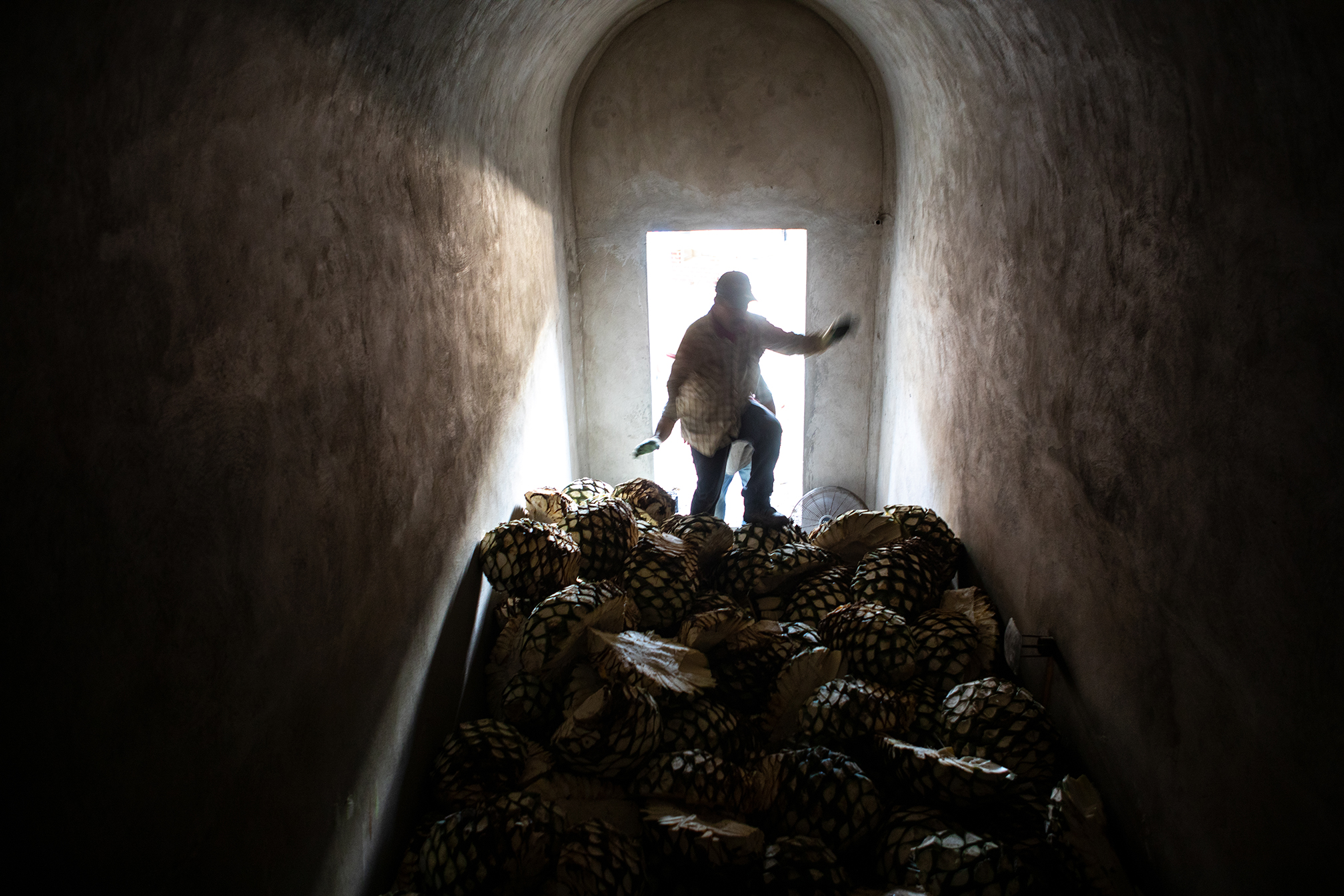
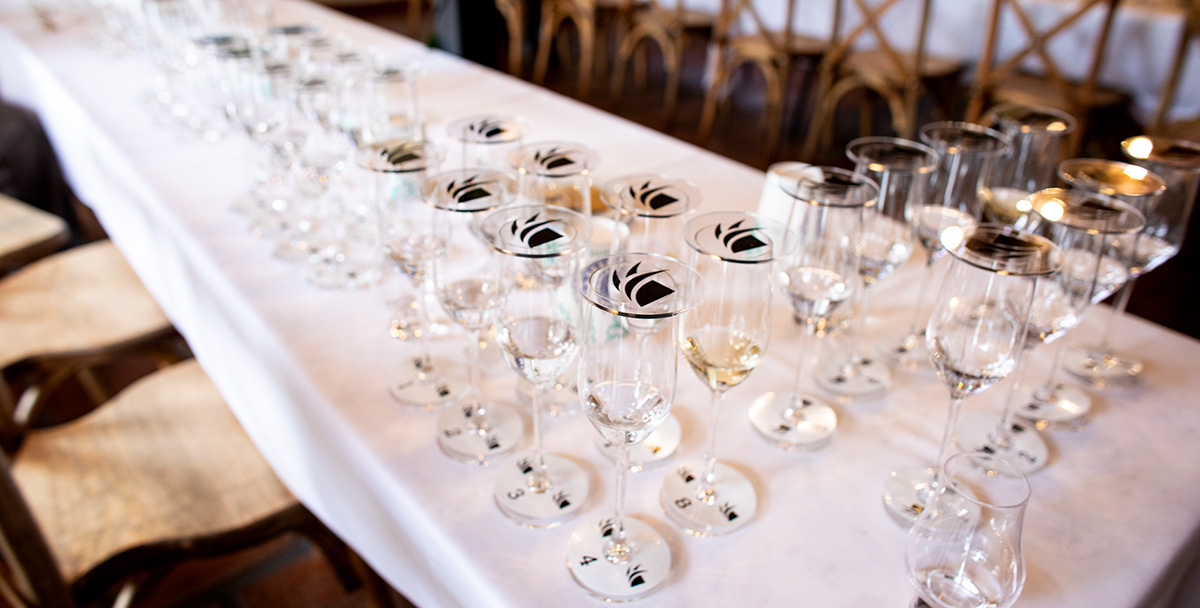
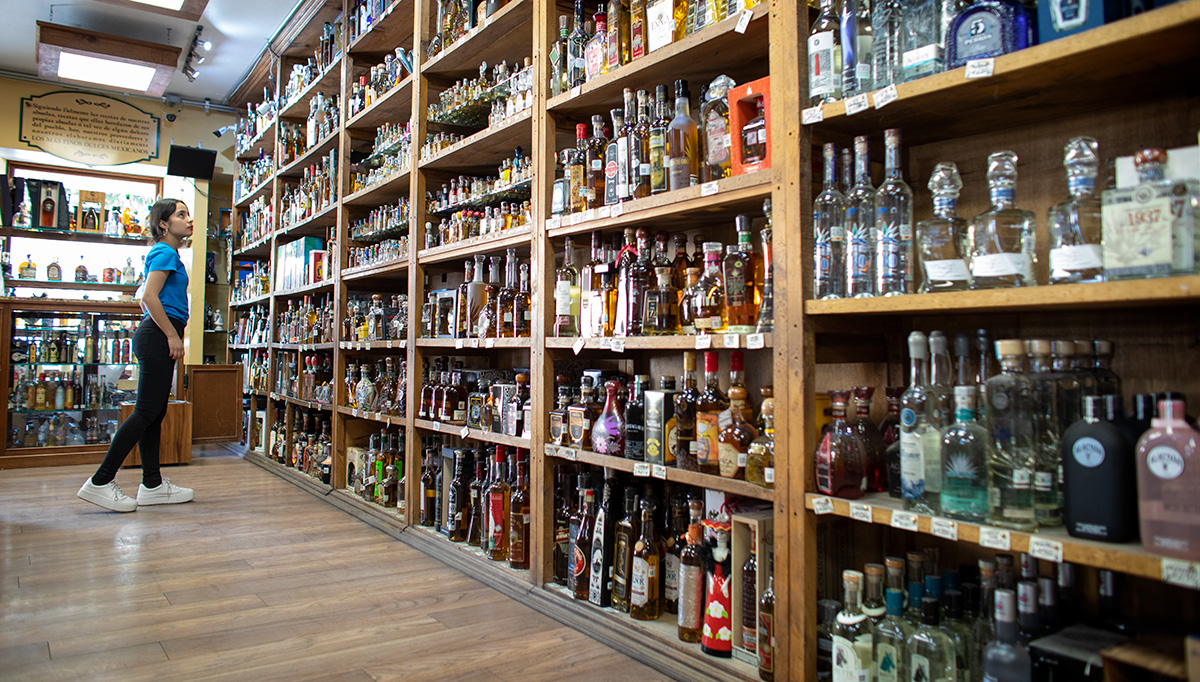
Have you heard anything about Siete Leguas building a third distillery?
Siete Leguas is actually building an expansion of its distillery, right inside Casa Siete Leguas, downtown Atotonilco El Alto. This new distillery has 3 tahonas (operated in the traditional way, this means without motorization). And it also comes with hand-made copper stills, keeping intact the production methods of Siete Leguas. From what I know, the new distillery -called “La Victoria”- will start production on 2020 1Q.
Thank you for this info!!
Great stuff as always, Grover. Thank you!!
Thanks for your knowledgeable response. I have been hearing whispers about Siete Leguas’ third distillery for some time, but without any solid confirmation. ¡Gracias!
My parents built a House 400 Meters up the road from their distillery. That is some GOOD product.
The distillery is not downtown. It’s in a section of town called Vistas de Atotonilco
Que probabilidad del 1 al 10 existe de que el agave baje de precio por debajo de los 15 pesos antes del 2028 ? Y cómo saberlo en realidad ? Existe algún órgano que de certeza de precio del agave azul a futuro ?
Glad to see so many new things coming in 2020 and beyond. As a suggestion you might move the Arette news about the new horno to the bottom of the rest of those paragraphs or give it it’s own bullet. People are conflating the tahona and oven info and think Arette is installing a tahona as well. Thanks for all you do.
Thank you
I’d say that the Tahona instillation at Leyros is all smoke and mirrors to crest the illusion of small batch when visitors come see how Casa Dragones is made.
I would not doubt that one bit.
Have data on aging consumption/production (blanco v reposado v anejo v x-anejo). Trend data would be interesting. I have a theory that blanco consumption will increase with education.
Encouraging news in many ways. Let’s see how many different “agave spirits” make it to the forefront where mezcal has been sitting in the last couple of years.
One brand always forget is Tequila Siete Leguas, since 1952 to today use process artisanal. Making a magnificent tequila.
Petty is not mention to Curado tequila also done at the Alteña and soon to be moved to the new 8 distillery as they are partners too.
This tequila has massively challenge the status quo by infusing other cooked Agaves varieties in blanco tequila (including mezcal and Raicilla types) to build bridges and not walls.
Petty? Come on. We didn’t even know this existed, and it’s not listed in our app other than as an Ocho product released many years ago (which we do have listed.) On a personal note, adding agave nectar or fibers to a perfectly good tequila adds too much sweetness for me. There is a place in the market for flavored tequilas (there are many of them), but I wouldn’t exactly call this “massive challenge to the status quo.”
Thank you for the hard work to inform!
Great Review and information. Seems like some good things are happening, and hopefully all the push- back from aficionados in the last few years, educating consumers and showing brands that we want more transparency and more traditional methods may be working. Maybe the brands see that we will not stop calling-out their inferior products. – Lou Agave
And you Lou, have been instrumental in this process to educate and inform. Keep up the good work.
Excellent job Grover. Lots going on in the world of agave spirits. Good to see the return of the tahona, although time will tell how much (or what percentage) of the tahona juice will be in the final product. Kudos to Cascahuin for their 100%-tahona blanco. I hope the increased transparency becomes a reality. It would make it easier for some to support old-school production brands. Thanks for your efforts and for spreading your knowledge. Much appreciated.
A very good round up of the tequila business in from the Mexico side of the industry. It is my wish that consumers continue to search for information before buying the cheapest brand on the shelf. Price is not the best way to select a tequila. Brand provenance, authenticity, and the quality fo the liquid must rule. Our distillery Casa Tequila de Arandas continues to expand its facility and has install 5 new brick ovens. AquaRiva is produced here and can confirm that all water is treated before it is sent back into the environment.
Good overview of how well established tequila producers are following the lead to produce spirits as their abuelos did,
You forgot to congratulate Guillermo for the leadership and foresight he has brought to tres generaciones and an entire industry. Eduardo wouldn’t miss a beat acknowledging this.
We congratulate and thank and praise G-Mo all the time. Just not in public because he gets a big head. :-)
Can you go into more detail by what you mean with this comment on the diffuser –
“(The diffuser as a tool isn’t in itself bad–-like anything, it depends on how you use it.)”
Thanks.
Yeah, that’s easy. The diffuser gets a bad name because of the most common way it is used, by separating the fibers from underaged raw agave. But what if you cooked properly mature agave in an oven or autoclave first, and then used the diffuser instead of a roller mill? The diffuser is still doing exactly the same job, just in a different sequence. Similar to how a column still is used, it’s all how you use it. If you use the column to distill to 90+% abv, you’re going to get a different result than if you used it to distill to 50%. It doesn’t meant he column still is evil, it’s just how it’s being used.
Thanks Grover. Is this a theoretical question, or is somebody out there doing what you described with a diffuser? I enjoy and respect Don Fulano, so the example you’ve used makes sense re: column still. That said, almost all of your blind tastings significantly mark diffuser products lower, so data wouldn’t suggest it would create a desirable profile. Ignoring of course the industrialization that method promotes – a different, but related conversation.
Not many use it that way. Generally, when there is a diffuser installed, the objective is to cut costs as much as possible. Time is money, and cooking with heat in an oven or autoclave is too expensive because it takes too long. Leyros, maker of Casa Dragones, uses heat + acid to the raw agave once it leaves the diffuser. That’s a super fast way to make the conversion to fermentable sugars.
That’s how diffusers are typically used today.
However, here’s one that appears to be cooking first, and then using the diffuser later:
https://www.tequilamatchmaker.com/tequilas/2658-murmullo-blanco
I am in the process of talking with the distillery owners to verify that this is the case.
Interesting on the Marmullo. Looks as though the panel ratings are quite be low.. I was recently listening to a brand explain their use of diffusor without the acid, citing it as a better way to use. Maybe. But safe to say that brand’s profile is not really respected or enjoyed by those with at least a half-educated palate. All to say, your point is there can be better ways to use the machine. I’m still of the opinion its a bad choice (supported by opinion and TMM data) and opens up a Pandora’s box of ethical, sustainability and other issues. The conversation is a good one, though I hope we’re not trying to change the narrative of the diffusor.
Mezcal is where is at, tequila had its run as we can read
Believe it or not, there are a lot of tequila lovers who dislike mezcal.
That woiuld be me! Love Tequila, Mescal no thanks. But then there’s Sotol…
Wow! If this situation does drive higher pricing for small batch, traditional tequilas then I disagree with the statement “there is plenty of room for both of these segments to grow in the years to come.” Excellent tequila is already expensive here in Virginia, more so than other states due to ABC stores and taxation. A trend toward more expensive small batch will put tequila into the same boat as single malt scotch. I really, REALLY do not want that to happen. I really do not want to see the tequila I love become price inelastic. I will stop buying, or at least severely limit what I buy to the few times per year I visit GDL.
The premium brands are still able to make money at the current pricing model. We don’t expect them to go much higher unless the price of agave rises above $32 pesos/kilo. Once the price of agave returns to normal (and it will) then yes, there’s going to be plenty of room for both sides of the market.
Que interesante información!!!! Desde tu experiencia…
Cres que algún día el precio del agave llegue a tener un bajo costo como años atrás o se mantendrá ya en precios superioreres a los 2 digitos como bien tu lo dijiste?
Esperamos que el ciclo continúe, y el precio del agave disminuirá debido al exceso de oferta. Actualmente hay mucho agave en el suelo.
Great information Grover. My father has a few acres in Jalisco and is considering planting agave. But, if I’m hearing your correct,
the price of agave will significantly drop in the next few years. Can you look into your crystal ball and guesstimate what the price of the agave plant will be, say around the year 2026/2027 ?
Como se ve la proyeccion con datos de 2021 Mr. Grover?